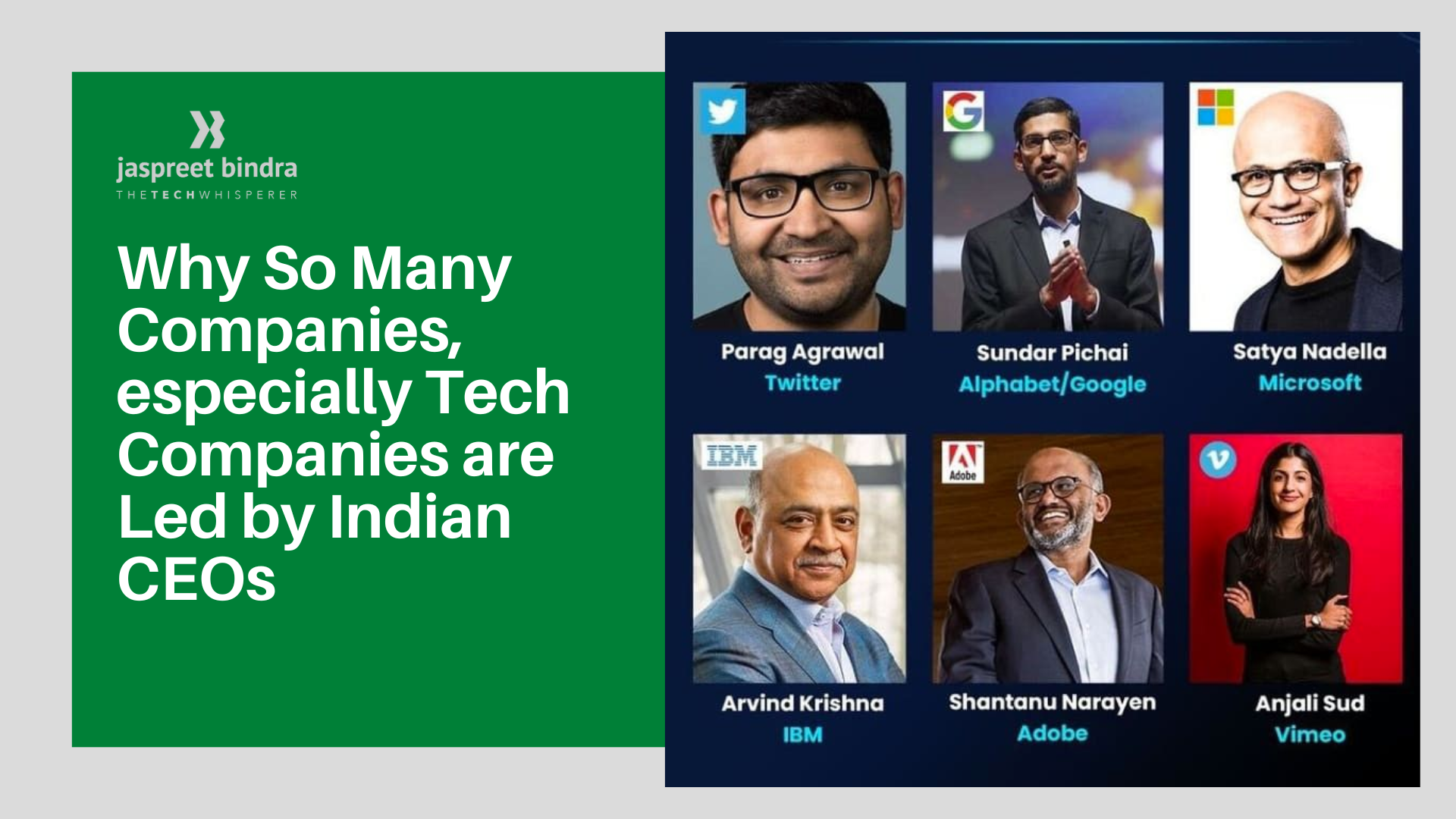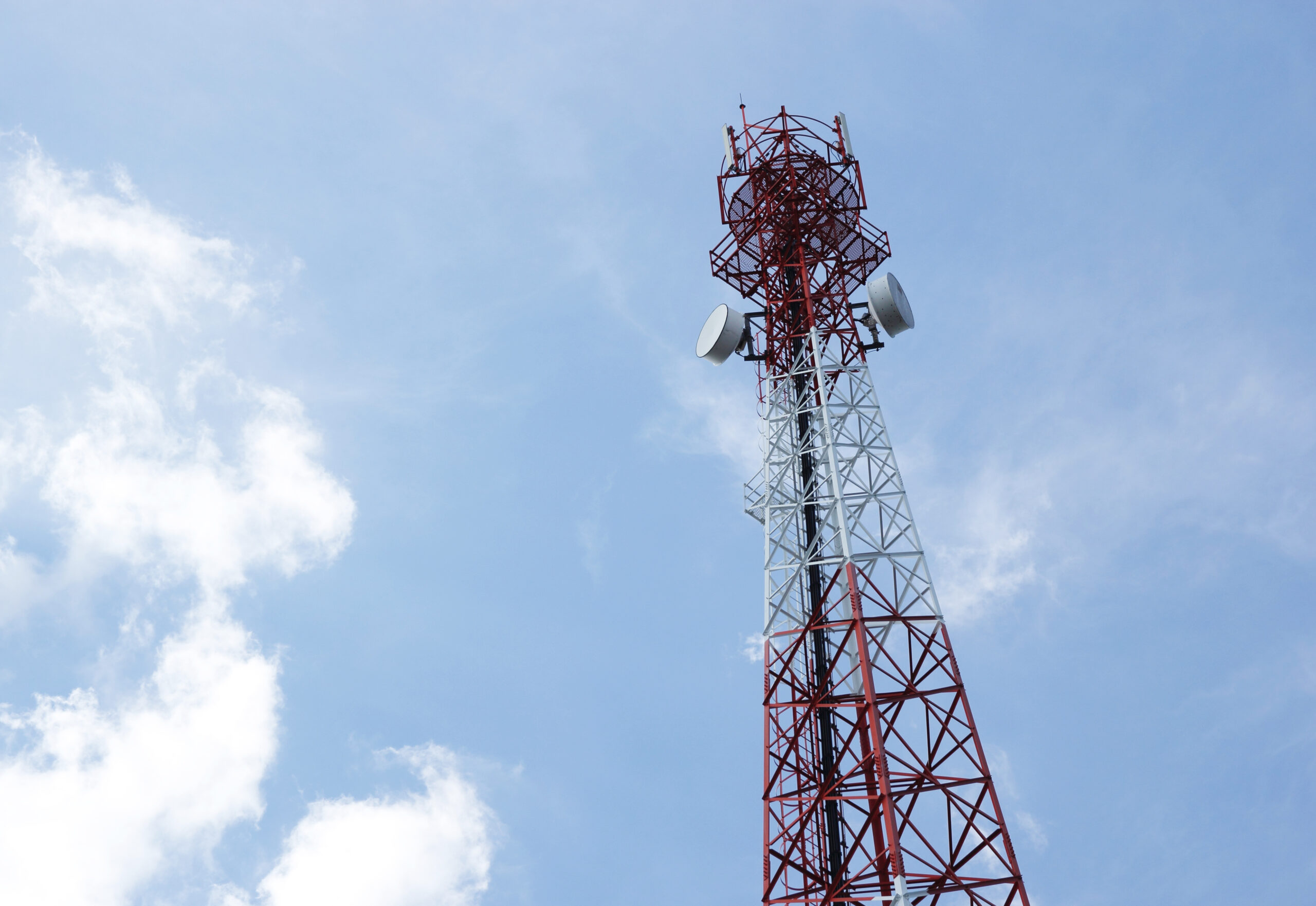Moonlighting Will Overturn Old Models of Work
Jaspreet Bindra
The word ‘moonlighting’ has many purported origins. The US version is from Cora Steward’s literacy classes to impoverished Kentucky coal miners at the local school, but only on nights with enough moonlight so that they could find their way there. The Australian version is of cattle thieves who steal cattle at night under the light of the moon, while the Irish version comes from the 1880’s, with ‘moonlighters’ being the gangs operating at night committing theft and burglary mainly in rural. I suspect that Rishad Premji, the Wipro chairman, would agree wholeheartedly with the latter two versions. Calling moonlighting at work “cheating – plain and simple”, his company sacked 300 people for doing so. Infosys promptly sent an internal email admonishing employees with “No two-timing, no moonlighting.” , though recent reports suggests at a change in heart (https://bit.ly/3TwD7E6). The TCS COO gave out an apoplectic warning that the “IT industry could fall apart due to (moonlighting)”. The Tech Mahindra CEO was more sanguine, saying “it was necessary to change with the times.”, and Swiggy went one step further, by bringing out a moonlighting policy for employees who wanted to indulge.
Let me go out on a limb here and give my unequivocal view: Moonlighting is inevitable, as it is an integral component of the future work. As the COVID pandemic has brought forward the future of work into the present, moonlighting is here, and here to stay. The future of work is a much hyped and often abused term, but there are some principles which are common across literature. The first, and most well-known, is work-from-home, which I have expanded to decentralised work or ‘work-from-anywhere -, whether it be home, office, coffeeshop, or another country for that matter. But often, there is a thin line between working-from-anywhere and working-for-anyone, and both of these seem to be riling many tech chieftains. As a fellow columnist TN Hari wrote here “the pandemic and the forced WFH allowed experimenting with freelancing opportunities, in addition to their 9- to-5 jobs. Freedom from commute and the confinement within the four walls of their homes provided them the time, energy, and possibility to take on additional work. (https://bit.ly/3DhR3fl) . The pandemic sputtered to an end, people were dragged back to their offices, but the decentralisation work trend has arrived, bringing work-for-anyone along with it.
The second future of work principle is the rise of the gig-economy. Gig economy, by its very nature, involves having multiple employers, as it trades off secure lifetime employment with freedom of nature and timings of work. TN Hari refers to the Gig Economy Index, which reveals a rather startling statistic that nearly 40% of the American workforce make at least 40% of their income through gig work. In India, the Olas and Zomatos had made gig work mainstream among the urban blue-collar workforce, and “the pandemic brought it to the white-collared.” The future of work has a large place for the gig-economy, with one-employer, many employees pyramid overturning to one-employee, many employers. Moonlighting reflects that. In some sense, so does the famous Google work ethic, where employee could do anything else with 20% of their time. The third facet of the Future of Work is no-job-for-life. Both employers and employees are moving away from this expectation, and it is perhaps fair to expect employees to de-risk themselves by following a job portfolio approach. Fourth, and perhaps most important, is the unavoidable rise of the creative or passion economy. The ‘monetizing of individuality’ enabled by the Internet, micropayments, and now NFTs and the metaverse would mean that individuals can
monetize their talents more effectively, rather than doing so as a part of the company. Fifth, work-from-anywhere does sometimes translate to work-all-the-time, as always-on work pulverises work-life balance. While employers are, sometimes justifiably, concerned with their employees working for other people, there is a loud silence on the number of hours they are made to work. The employment contract asks for employees to give fixed hours of their time to an employer in return for a salary but is often silent on the extra hours that employees work without being paid for it. For many, low wages and the cost-of-living crisis make moonlighting an imperative, rather than an option. for many.
I leave the last words in support of my contention to the Indian IT Minister, Rajeev Chandrashekhar, who tweeted to the effect that (paraphrasing): “today is the age of employee entrepreneurs, and employers also expect that. Captive models will fail. The future of work is a community of product builders who will work on multiple projects.” Perhaps the most famous ‘entrepreneur-employee’ Elon Musk will agree, as he simultaneously ‘works for’ half a dozen companies and is looking to buy more of them to run.


